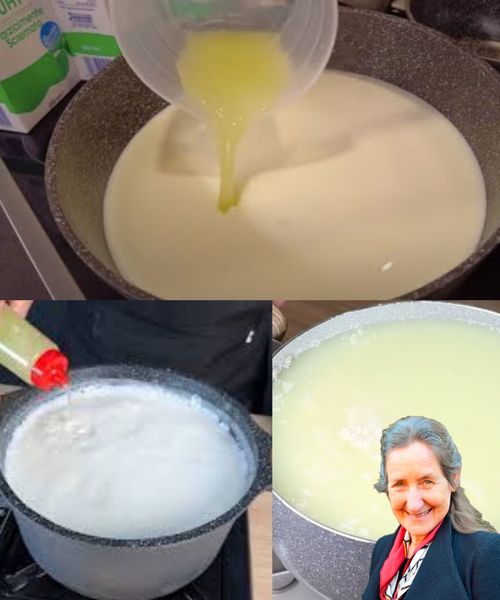Rosemary water is a natural solution that has gained popularity for its potential to promote hair growth, prevent hair thinning, and improve scalp health. The herb rosemary is packed with antioxidants and anti-inflammatory compounds, which may help to strengthen hair, boost circulation to the scalp, and encourage healthier, thicker growth. Rosemary water is easy to make and can be a gentle addition to your hair care routine. Here’s a step-by-step guide to preparing and using rosemary water for hair health.
Ingredients
- Fresh or dried rosemary (a handful of fresh rosemary or 2-3 tablespoons of dried rosemary)
- 2 cups of water
Instructions
Step 1: Prepare the Rosemary
Begin by gathering your rosemary. You can use either fresh rosemary sprigs or dried rosemary; both work well for this recipe. If you’re using fresh rosemary, give it a gentle rinse to remove any dirt or dust. Fresh rosemary offers a slightly stronger aroma, while dried rosemary provides a more concentrated infusion due to the drying process. Either option will provide similar benefits, so feel free to use what’s readily available to you.
Step 2: Boil the Water
Pour about 2 cups of water into a small pot or saucepan and bring it to a boil over medium-high heat. Using filtered or distilled water is ideal, as it helps ensure there are no impurities that might interfere with the rosemary’s beneficial compounds.
Step 3: Infuse the Rosemary
Once the water reaches a rolling boil, add the prepared rosemary to the pot. Reduce the heat to a low simmer and allow the rosemary to steep in the hot water for about 10-15 minutes. This simmering process extracts the essential oils and nutrients from the rosemary, which will be the base of your rosemary water.
Step 4: Cool and Strain the Rosemary Water
After 10-15 minutes, remove the pot from the heat and allow the rosemary water to cool down completely. Once cooled, use a fine mesh strainer or a clean cloth to strain out the rosemary leaves. You’ll be left with a fragrant, amber-colored liquid.
Tip: For an extra boost, consider adding a few drops of essential oils like lavender or peppermint when the water has cooled. These oils are known for their additional scalp-soothing and hair-strengthening properties.
Step 5: Apply the Rosemary Water
Using rosemary water is simple and can be done in different ways, depending on your hair type and routine.
- As a Rinse: After shampooing, pour the rosemary water over your scalp and hair, massaging it in to ensure even distribution. Let it sit for a few minutes to allow the scalp to absorb the benefits before rinsing with cool water.
- Leave-In Treatment: For a longer-lasting effect, use the rosemary water as a leave-in treatment. Pour it into a spray bottle and spritz your scalp and hair after washing, allowing it to dry naturally. This method may be particularly beneficial if you’re focusing on stimulating hair growth as the rosemary water remains on the scalp longer.
- Scalp Treatment: Massage the rosemary water directly into your scalp before shampooing as a pre-wash treatment. This helps stimulate circulation to the hair follicles, supporting growth.
Storage and Usage Tips
Rosemary water can be stored in a clean spray bottle or container in the refrigerator for up to a week. If you’d like to use it as a regular part of your hair routine, try to prepare a fresh batch weekly. When used consistently, rosemary water may help support hair growth, reduce scalp irritation, and contribute to overall scalp health.
Incorporating rosemary water into your routine can be a natural and refreshing way to support your hair’s vitality and strength. With minimal ingredients and effort, you can enjoy the potential hair-boosting benefits of this aromatic herb.



